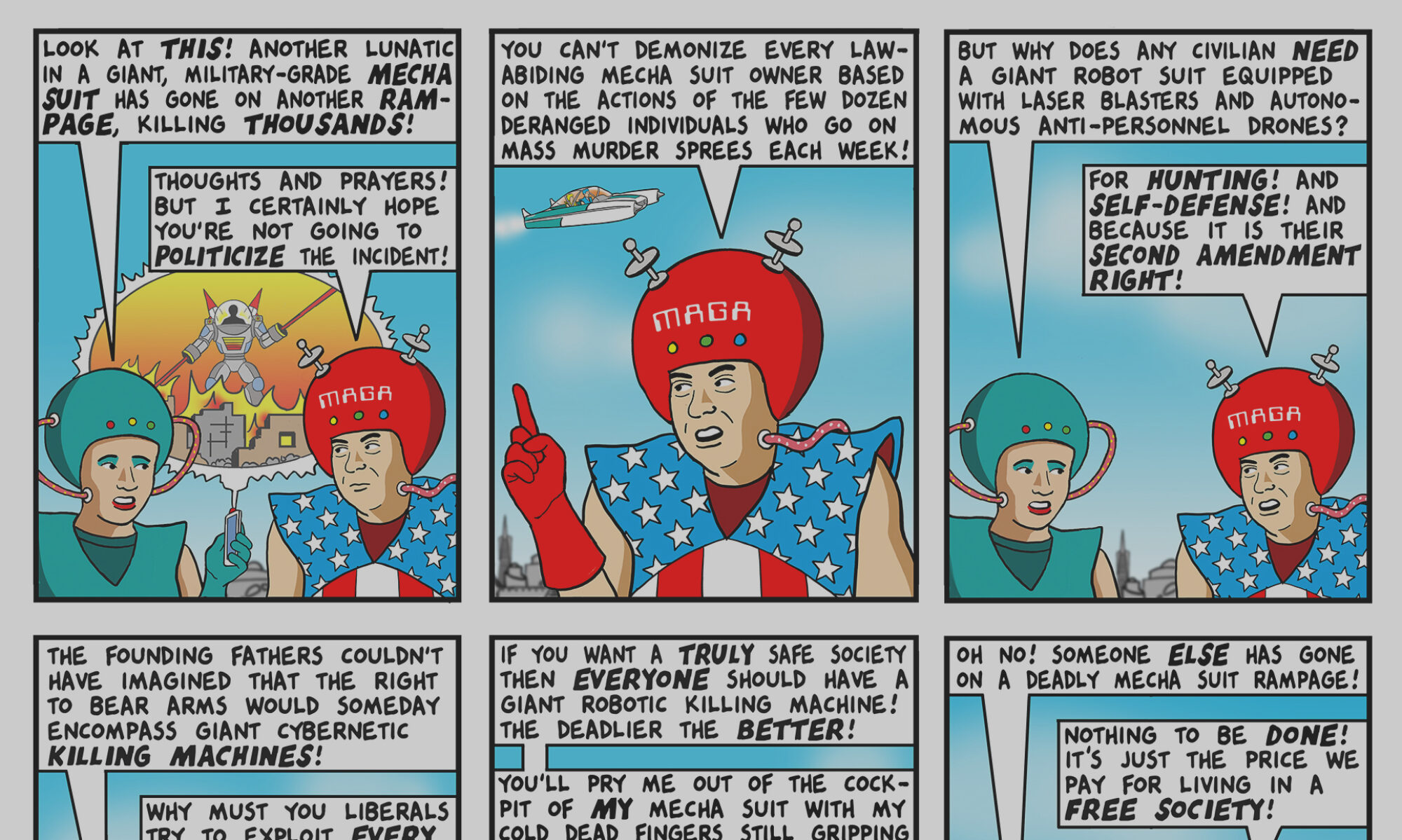Powerful new evidence emerged yesterday that the United States dropped massive quantities of white phosphorus on the Iraqi city of Fallujah during the attack on the city in November 2004, killing insurgents and civilians with the appalling burns that are the signature of this weapon.
Ever since the assault, which went unreported by any Western journalists, rumours have swirled that the Americans used chemical weapons on the city.
On 10 November last year, the Islam Online website wrote: “US troops are reportedly using chemical weapons and poisonous gas in its large-scale offensive on the Iraqi resistance bastion of Fallujah, a grim reminder of Saddam Hussein’s alleged gassing of the Kurds in 1988.”
The website quoted insurgent sources as saying: “The US occupation troops are gassing resistance fighters and confronting them with internationally banned chemical weapons.”
In December the US government formally denied the reports, describing them as “widespread myths”. “Some news accounts have claimed that US forces have used ‘outlawed’ phosphorus shells in Fallujah,” the USinfo website said. “Phosphorus shells are not outlawed. US forces have used them very sparingly in Fallujah, for illumination purposes.
They were fired into the air to illuminate enemy positions at night, not at enemy fighters.”
But now new information has surfaced, including hideous photographs and videos and interviews with American soldiers who took part in the Fallujah attack, which provides graphic proof that phosphorus shells were widely deployed in the city as a weapon.
In a documentary to be broadcast by RAI, the Italian state broadcaster, this morning, a former American soldier who fought at Fallujah says: “I heard the order to pay attention because they were going to use white phosphorus on Fallujah. In military jargon it’s known as Willy Pete.
“Phosphorus burns bodies, in fact it melts the flesh all the way down to the bone … I saw the burned bodies of women and children. Phosphorus explodes and forms a cloud. Anyone within a radius of 150 metres is done for.”
Photographs on the website of RaiTG24, the broadcaster’s 24-hours news channel, www.rainews24.it, show exactly what the former soldier means. Provided by the Studies Centre of Human Rights in Fallujah, dozens of high-quality, colour close-ups show bodies of Fallujah residents, some still in their beds, whose clothes remain largely intact but whose skin has been dissolved or caramelised or turned the consistency of leather by the shells.

BY TOM TOMORROW